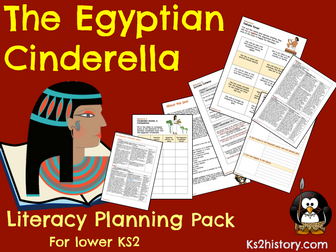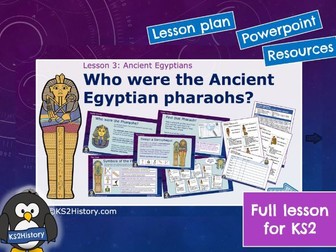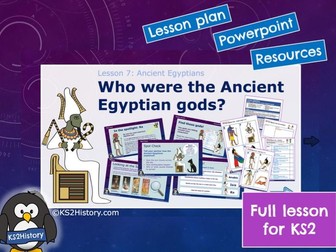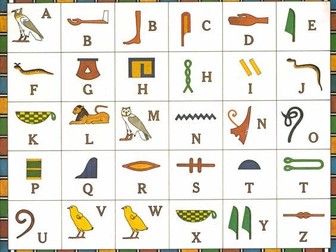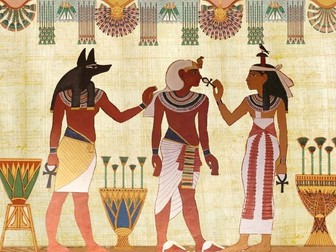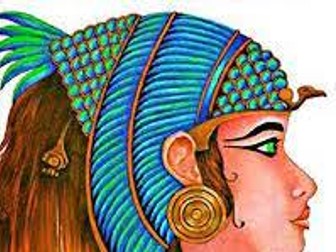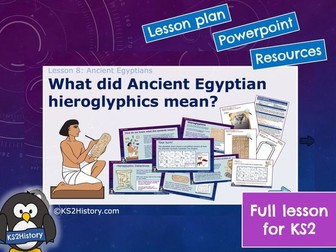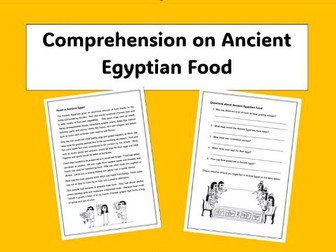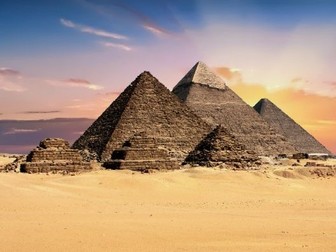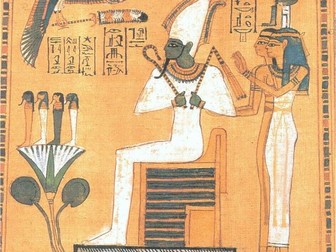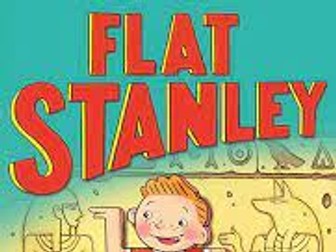
Ancient Egyptians
A fully-resourced unit of 10 history lessons for KS2, covering the Ancient Egypt topic.
What you get:
10 lesson Powerpoint files
10 detailed lesson plans
Teachers’ notes, including curriculum coverage
Pupil activity sheets for all lessons
About the Unit
The ten sessions in this unit aim to give an overview of the Ancient Egyptian civilisation, focussing on the period between the time of the first pharaoh around 3100 BC to the Roman invasion in 31 BC, when Egypt became part of the Roman Empire. Across the unit, pupils will look at the impact of particular people and events as well as broader themes of significance, achievements, chronology and legacy. As with all of our KS2History units, there is an emphasis on allowing pupils to consider the sources of evidence that form our understanding of this period of history and to make links to modern times.
Aims of the unit
To gain an overview of the significance of the Ancient Egyptian period within the wider narrative of world history.
To compare aspects of life in Ancient Egypt with life in modern times.
To study some of the significant people, places and events from this period and to explore how we know about them today.
To become familiar with historical sources and accurate vocabulary relating to the Ancient Egyptian period.
Lessons in the pack
Who were the Ancient Egyptians?
Why was Ancient Egypt the ‘Gift of the Nile’?
Who were the Ancient Egyptian pharaohs?
Why did the Ancient Egyptians build the pyramids?
What did the Ancient Egyptians do for fun?
What was mummification in Ancient Egypt?
Who were the Ancient Egyptian gods?
What did Ancient Egyptian hieroglyphics mean?
What was discovered inside Tutankhamun’s tomb?
Who was Cleopatra and how is she remembered?
This pack contains everything you need to teach this unit, including differentiated activity ideas so that it can be adapted to the needs of your class. The Powerpoint text is also editable.
This pack is brought to you from Ks2history.com.

